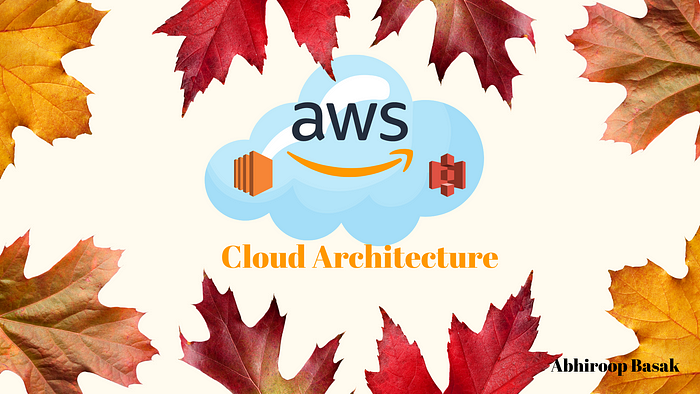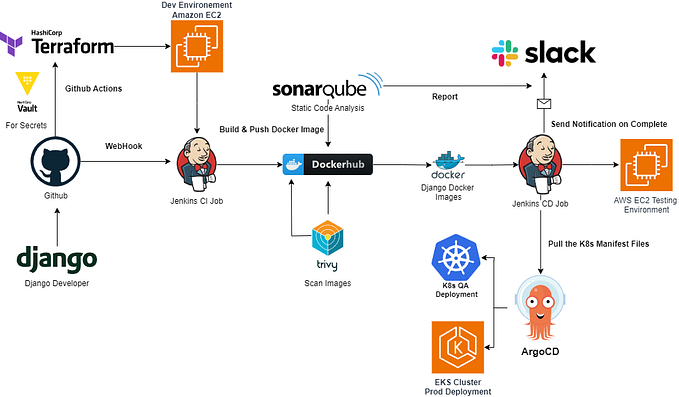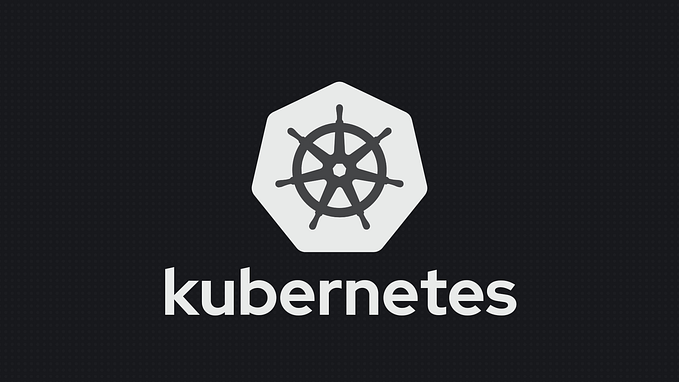Cloud Architecture with AWS

Project Overview:
The project deals with hosting a website on AWS cloud on an enhanced architecture consisting of
· Elastic Cloud Computing
Amazon Elastic Compute Cloud (Amazon EC2) is a web service that provides secure, resizable compute capacity in the cloud. It is designed to make web-scale cloud computing easier for developers. Amazon EC2’s simple web service interface allows you to obtain and configure capacity with minimal friction. It provides you with complete control of your computing resources and lets you run on Amazon’s proven computing environment.
· Elastic Block Storage
Amazon Elastic Block Store (EBS) is an easy to use, high performance block storage service designed for use with Amazon Elastic Compute Cloud (EC2) for both throughput and transaction intensive workloads at any scale. A broad range of workloads, such as relational and non-relational databases, enterprise applications, containerized applications, big data analytics engines, file systems, and media workflows are widely deployed on Amazon EBS.
· Simple Storage System
Amazon Simple Storage Service (Amazon S3) is an object storage service that offers industry-leading scalability, data availability, security, and performance. This means customers of all sizes and industries can use it to store and protect any amount of data for a range of use cases, such as data lakes, websites, mobile applications, backup and restore, archive, enterprise applications, IoT devices, and big data analytics. Amazon S3 provides easy-to-use management features so you can organize your data and configure finely-tuned access controls to meet your specific business, organizational, and compliance requirements. Amazon S3 is designed for 99.999999999% (11 9’s) of durability, and stores data for millions of applications for companies all around the world.
· Cloud Front
Amazon CloudFront is a fast content delivery network (CDN) service that securely delivers data, videos, applications, and APIs to customers globally with low latency, high transfer speeds, all within a developer-friendly environment. CloudFront is integrated with AWS — both physical locations that are directly connected to the AWS global infrastructure, as well as other AWS services. CloudFront works seamlessly with services including AWS Shield for DDoS mitigation, Amazon S3, Elastic Load Balancing or Amazon EC2 as origins for your applications, and Lambda@Edge to run custom code closer to customers’ users and to customize the user experience. Lastly, if you use AWS origins such as Amazon S3, Amazon EC2 or Elastic Load Balancing, you don’t pay for any data transferred between these services and CloudFront.
The website should be able to load the web pages across any region of the world fast and act as cache for the data. A detailed analytics of the hits and the misses to the server is also to be reviewed.
Procedure:
Create an ec2 instance in any of the Availability Zones; in this case, in ap-south1, Mumbai region. Connect to the instance remotely.

Create an EBS in the same region and connect it to the instance. Mount the dvd in a special folder at /var/www/html/.

Create a S3 bucket and upload static data such as images and files in the bucket.

Create a Cloud Front channel and attach the S3 storage to the pathway. An URL is obtained. Provide this URL to the developer or put it in the webpage.

Now all the static files for the website have a copy made in all the 250 edge locations of AWS. This makes easier access of clients across the world to the server and reduces misses. The targeted audience can hereby be adjusted and restricted using features of the Cloud Front Console. A detailed analysis of the hits and misses are also visible.

The link for the website is provided here. The website link looks something like this









